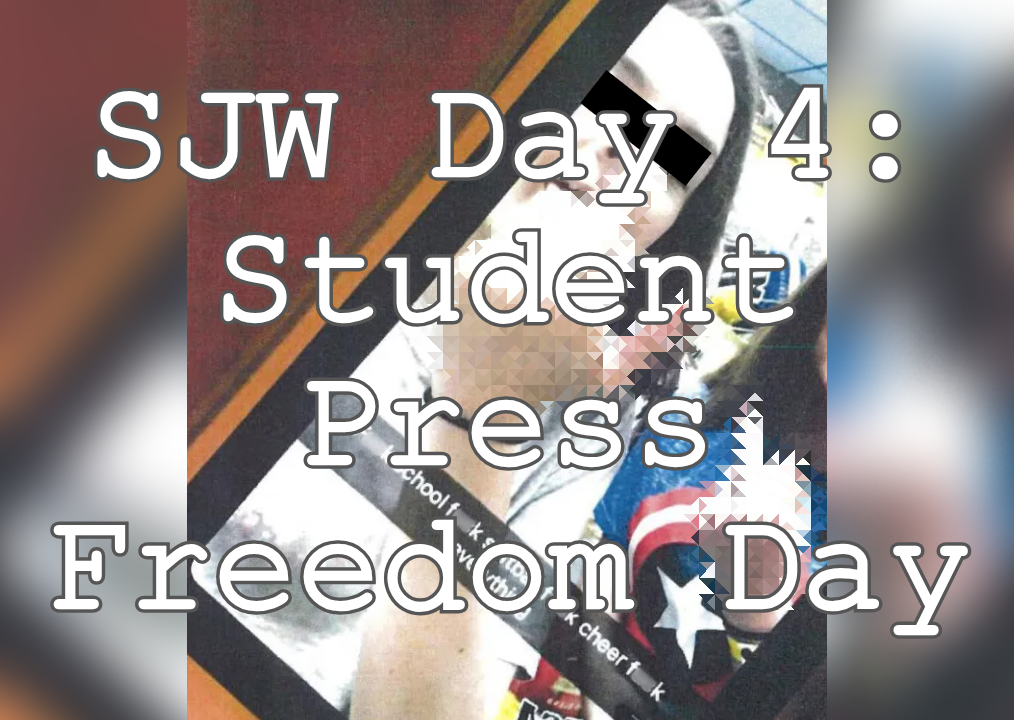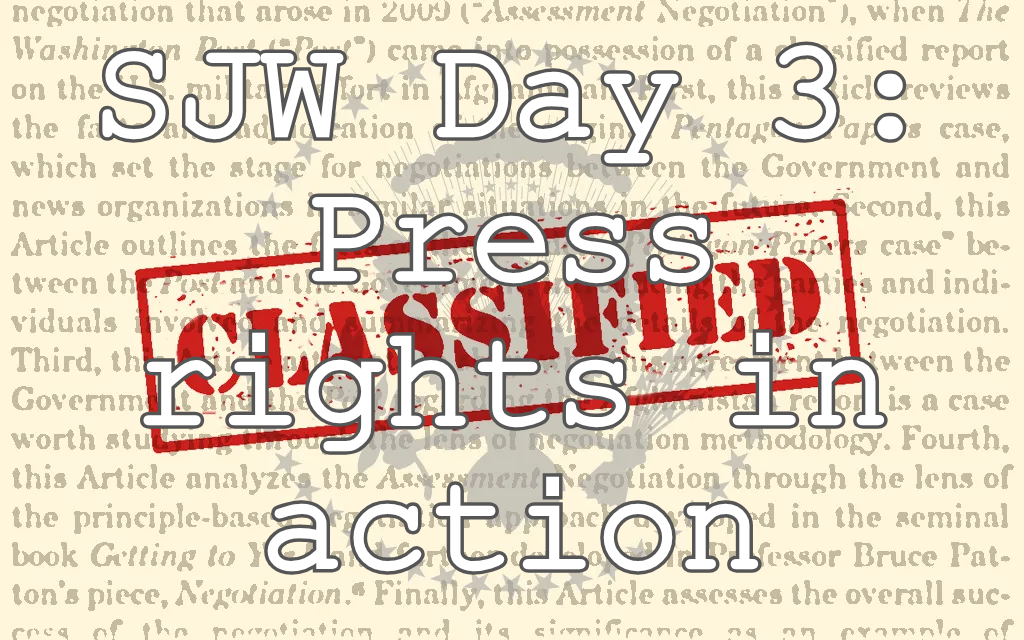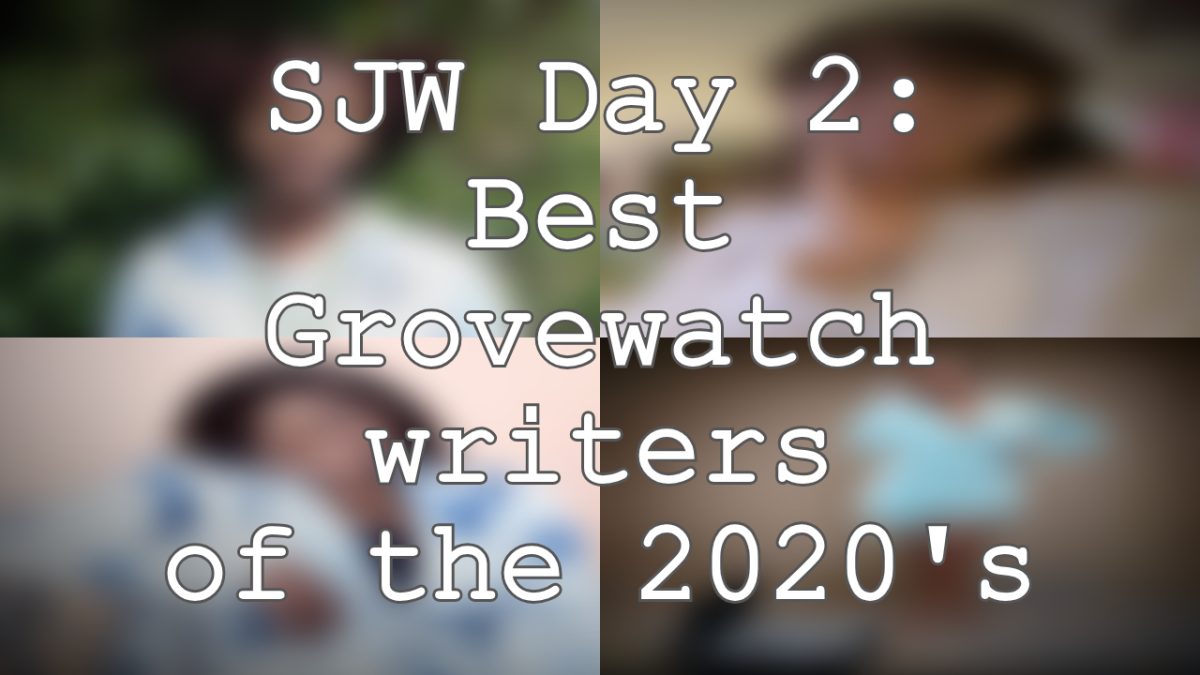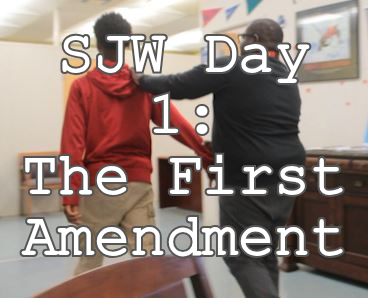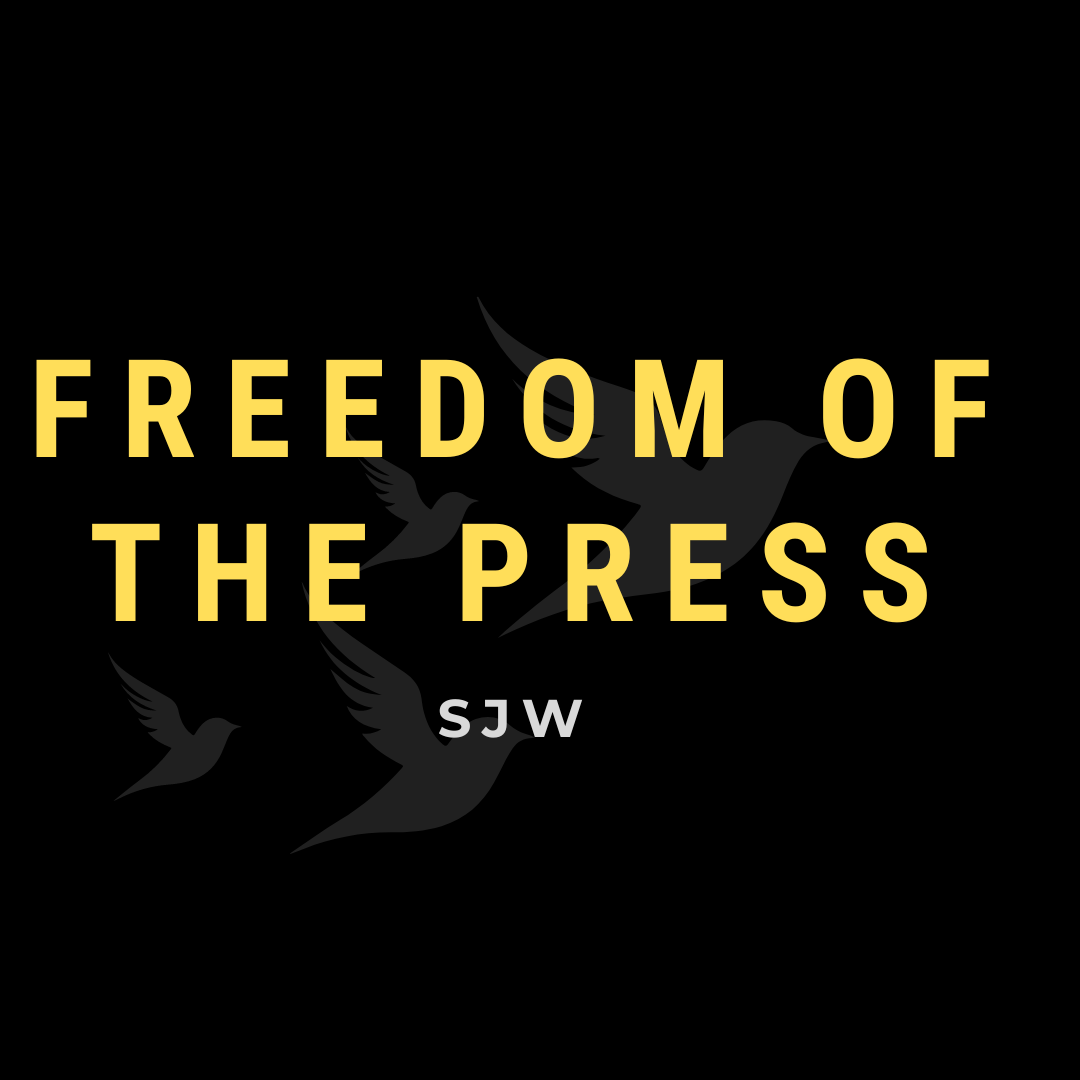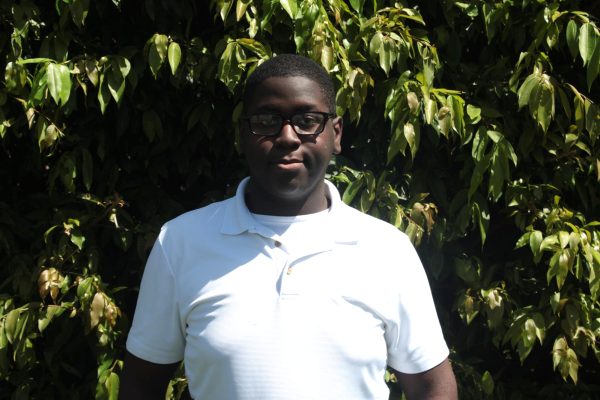Student Press Freedom Day is a day established by the Student Press Law Center to raise awareness of the challenges student journalists might face and the importance of student journalism. The official date for it is Feb. 27.
Student journalists are most impacted by school policies. School officials can censor school-sponsored publications, usually used to censor what would be considered controversial material, whether direct or indirect.
However, officials can’t censor everything. Case in point, in 2017, Mahanoy Area High School cheerleader Brandi Levy made a vulgar Snapchat post after not making it into her school’s varsity cheerleading team. When the coaches saw screenshots of the post, they suspended her from the junior varsity team for a year.
The school district took the case up to the Supreme Court, and they ruled that the school’s interests in preventing disruption were not sufficient to overcome her First Amendment rights.
Students are protected when it comes to sharing truthful information or their opinions as long as it does not disrupt the school. Students just like the press are allowed to retrieve, interact, and create information.
Writers right here at this school also face issues with information, but it has to do with experience.
Student journalists often face the major challenge of inexperience, which makes it hard for them to adapt and often have connectivity issues. That being said, it means that at the most basic form, communication can be an issue.
It limits what students at Inlet Grove can do to Photos of the Day, because despite being unique to the school, it enables this non-communicative style of producing news.
Oftentimes these can be learned to be ignored and students even get past their initial fears. They may gain the courage to talk to editors that they don’t know and take criticism about their articles.
Not to mention, all you need to publish a story on Grovewatch is approval from an editor. There’s no scrutiny from teachers, staff, and others, just students approving each other’s work.
Student journalism at Inlet is as free as it gets, it shows how far student journalism has come throughout history from cases about mature topics to just normal student expression.
Today we even have organizations supporting student journalism. These organizations can be as specific as NABJ (National Association of Black Journalists) or NAHJ (National Association of Hispanic Journalists).
A part of those organizations is the Scholastic Journalism Association which held a poster competition for Scholastic Journalism Week for the original month in February.
SNO (School Newspapers Online) is deeply involved in bringing awareness to students who are skilled in journalism, most notably with “Best of SNO”, where they feature the best student-produced articles that they can find.
There is even a Pathfinder award for journalism students who have been elected by teachers, and several Inlet students have gotten nominations for it.
Brianna Luberisse, a student from Inlet who was a senior in 2020, won a Pathfinder award in communications in the 37th annual Pathfinder Awards ceremony.
Luberisse was a very active student when it came to her school’s journalism, she was the editor-in-chief from 2017-2020 and posted over 100 stories over the course of her high school years, and it all paid off, her success has taken her far. Not only was she active on Grovewatch, but she also played major roles in our Forecast magazine and in creating the yearbooks.
Currently, she’s studying as a graphic design major at FAMU, a public university in Tallahassee, FL known for its competitive graduates, transformative research, and innovation.
A day like this is meant to bring those successes to light, even for those who don’t take a class dedicated to journalism, and that includes you as well! Believe it or not, this day really celebrates the freedom of every student to share information and speak out about whatever they please. Cheers.


